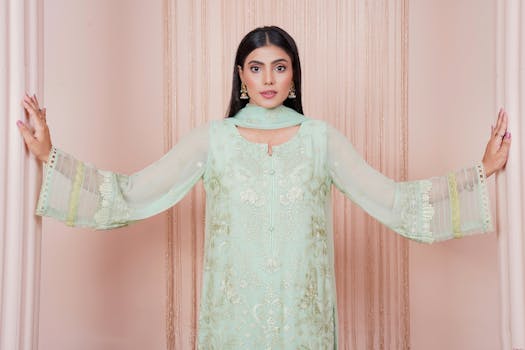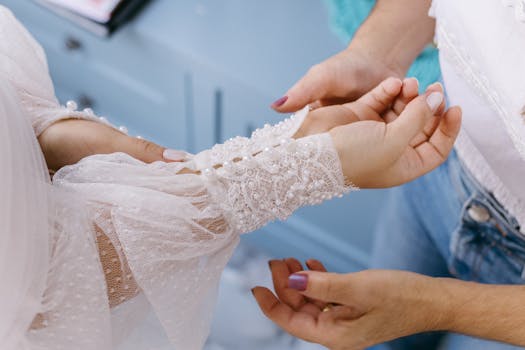
Takeaways

Haute couture, a term that translates to ‘high sewing’ in French, is synonymous with luxury, exclusivity, and meticulous craftsmanship. It is the highest form of fashion and encompasses custom-fitted clothing made from high-quality, expensive fabric and sewn with extreme attention to detail, often by hand. This article takes you on a journey through the fascinating world of haute couture, exploring the legendary fashion houses that have shaped this industry and the artistry that defines their creations.
The history of haute couture dates back to the mid-19th century with the establishment of the first haute couture house by English designer Charles Frederick Worth in Paris. Worth is often referred to as the father of haute couture, as he was the first designer to create a label and present his collections in a show format, showcasing his designs on live models rather than just sketches.
As we trace the evolution of haute couture, we encounter iconic fashion houses such as Chanel, Dior, and Givenchy, each contributing unique perspectives and styles to the world of high fashion. These brands have not only defined the aesthetic of their respective eras but have also influenced the broader fashion landscape.
Chanel, founded by Gabrielle Bonheur Chanel in the early 20th century, revolutionized women’s fashion with her emphasis on comfort and elegance. The introduction of the Chanel No. 5 perfume and the iconic Chanel suit became symbols of modern femininity. Dior followed suit with the ‘New Look’ in 1947, characterized by its hourglass silhouette that redefined post-war fashion.
Givenchy, known for dressing Audrey Hepburn and creating timeless pieces that blend elegance with modernity, further solidified the status of haute couture. The craftsmanship involved in these designs is unparalleled, with each piece often taking hundreds of hours to create. Techniques such as hand-embroidery, intricate draping, and the use of luxurious fabrics are hallmarks of haute couture garments.
The allure of haute couture is not just in the garments themselves but in the entire experience that surrounds them. Fashion shows, often held in grand venues, are a spectacle of creativity and artistry. Designers use these platforms to tell a story, showcasing their vision through a carefully curated collection. The front row is often filled with celebrities, influencers, and fashion elites, making these events a blend of art and social gathering.
One of the most anticipated events in the haute couture calendar is Paris Haute Couture Week, where the world’s top designers present their latest collections. This event not only sets the tone for upcoming trends but also serves as a celebration of the craftsmanship and innovation that defines haute couture.
In recent years, we have seen a resurgence of interest in haute couture, with designers experimenting with new materials and techniques while respecting the traditions that make couture special. Sustainability has also become a significant focus, with many fashion houses exploring eco-friendly practices in their production processes.
As we delve deeper into the fashion houses of haute couture, we discover the various elements that contribute to the creation of these masterpieces. From sourcing the finest fabrics to employing skilled artisans, the process is a labor of love that reflects the designer’s vision and the brand’s heritage.
Haute couture is not just about clothing; it is an art form that involves storytelling, an expression of cultural identity, and a celebration of human creativity. Each piece tells a story, often reflecting the designer’s personal experiences, inspirations, and the socio-political climate of the time. This narrative aspect adds depth to the garments, making them not only wearable art but also historical artifacts.
For fashion enthusiasts, understanding haute couture means appreciating the intricate details that go into each design. From the selection of fabric, which can include silk, satin, lace, and other luxurious materials, to the hand-stitched embellishments that can take weeks to complete, every aspect of haute couture is a testament to the skill and dedication of the artisans involved.
The evolution of technology has also impacted the haute couture industry. While traditional techniques remain paramount, innovations in fabric technology and design software have opened new avenues for creativity. Designers are now able to push the boundaries of fashion, experimenting with shapes, textures, and forms that were previously unimaginable.
Moreover, the rise of digital platforms has transformed how haute couture is presented to the world. Live-streamed fashion shows and virtual reality experiences allow a broader audience to engage with haute couture, breaking down the barriers of exclusivity that have traditionally defined this segment of fashion.








